Winterizing A Bleeding Heart Plant – How To Overwinter A Bleeding Heart
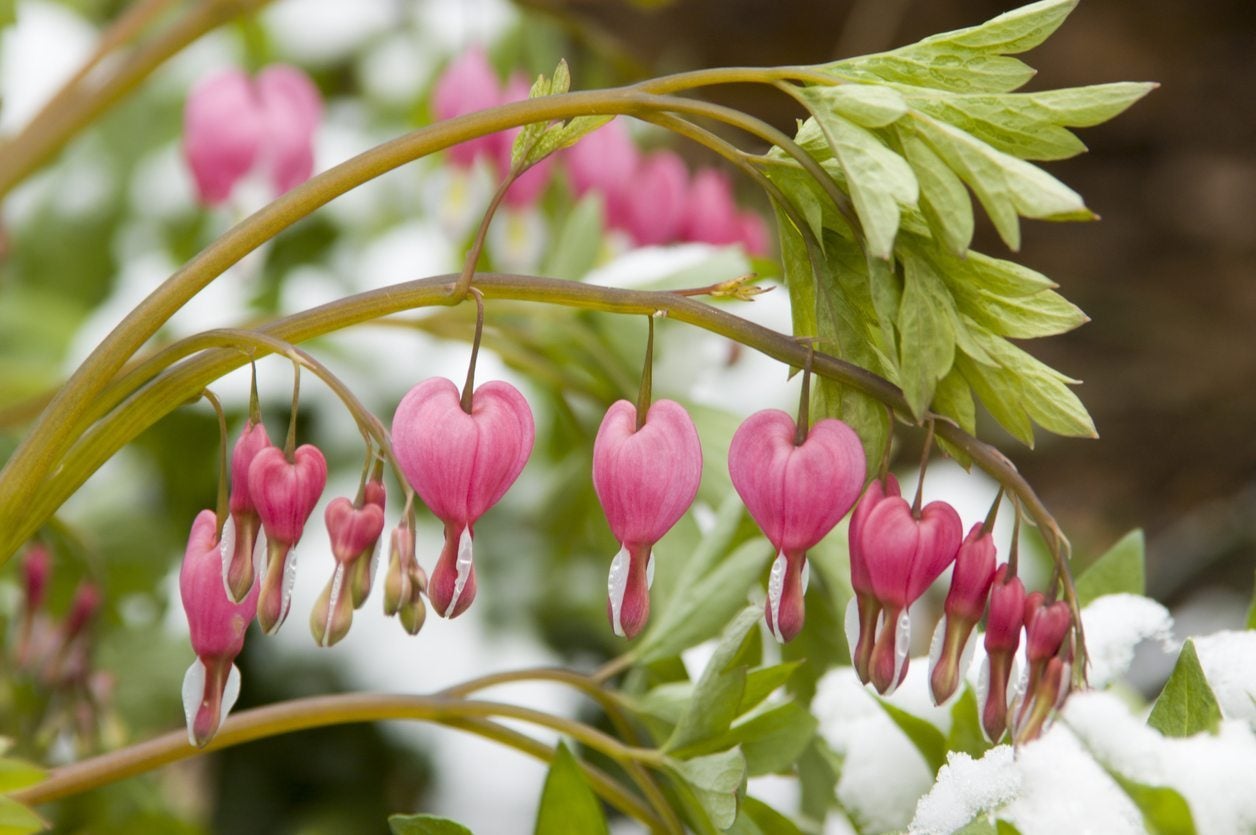

Bleeding heart plants are a wonderful addition to the perennial garden. With their extremely distinctive heart-shaped flowers and low maintenance growing needs, these bushes bring a colorful and Old-World charm to any garden. What should you do when temperatures start to drop though? Keep reading to learn more about bleeding heart winter care and how to protect a bleeding heart during winter.
How to Protect a Bleeding Heart During Winter
Bleeding heart plants are perennials. Their roots will survive cold winter temperatures, but their foliage and flowers might not. This isn’t usually too much of a problem, as the plants bloom in the spring and early summer, fading and dying back naturally in high summertime. It is because of this, bleeding heart winter care technically starts months before the first fall frost. When the flowers of your bleeding heart plant fade, cut back their stems to an inch or two (2.5-5 cm.) above ground. Keep watering the foliage. Eventually, the foliage will die back too. This might happen naturally in the summer, or it might happen with the first frost, depending upon how short your summers are. In any event, when this happens, cut the entire plant down to an inch or two (2.5-5 cm.) above the ground. Even though the foliage is gone, the underground rhizomes of a bleeding heart plant are alive and well in the winter – they’re just dormant. Bleeding heart winter protection is all about keeping those rhizomatous roots alive. When the cold temperatures of autumn start to set in, cover the stumps of your plant stems with a thick layer of mulch that spreads out to cover the area. This will help insulate the roots and make winterizing a bleeding heart plant much easier. This is pretty much all that is required to overwinter a bleeding heart. In late winter or early spring, the plant should start putting up new shoots again.
Gardening tips, videos, info and more delivered right to your inbox!
Sign up for the Gardening Know How newsletter today and receive a free copy of our e-book "How to Grow Delicious Tomatoes".

The only child of a horticulturist and an English teacher, Liz Baessler was destined to become a gardening editor. She has been with Gardening Know how since 2015, and a Senior Editor since 2020. She holds a BA in English from Brandeis University and an MA in English from the University of Geneva, Switzerland. After years of gardening in containers and community garden plots, she finally has a backyard of her own, which she is systematically filling with vegetables and flowers.
-
 Looking For Plants To Give You The Soft And Fuzzies? Try These 5 Fuzzy Leaf Plant Options
Looking For Plants To Give You The Soft And Fuzzies? Try These 5 Fuzzy Leaf Plant OptionsLovers of texture, drama, silver foliage and tactile plants will adore these special sensory garden additions. These fuzzy leaf plant options will leave you all aglow
By Susan Albert
-
 Get Ready For A Summer Of Hummers! Grow These Full Sun Hummingbird Plants and Flowers
Get Ready For A Summer Of Hummers! Grow These Full Sun Hummingbird Plants and FlowersIf you’re lucky enough to enjoy a sunny backyard, make sure you are maxing out on your pollinator opportunities and grow these full sun hummingbird plants and flowers
By Tonya Barnett
-
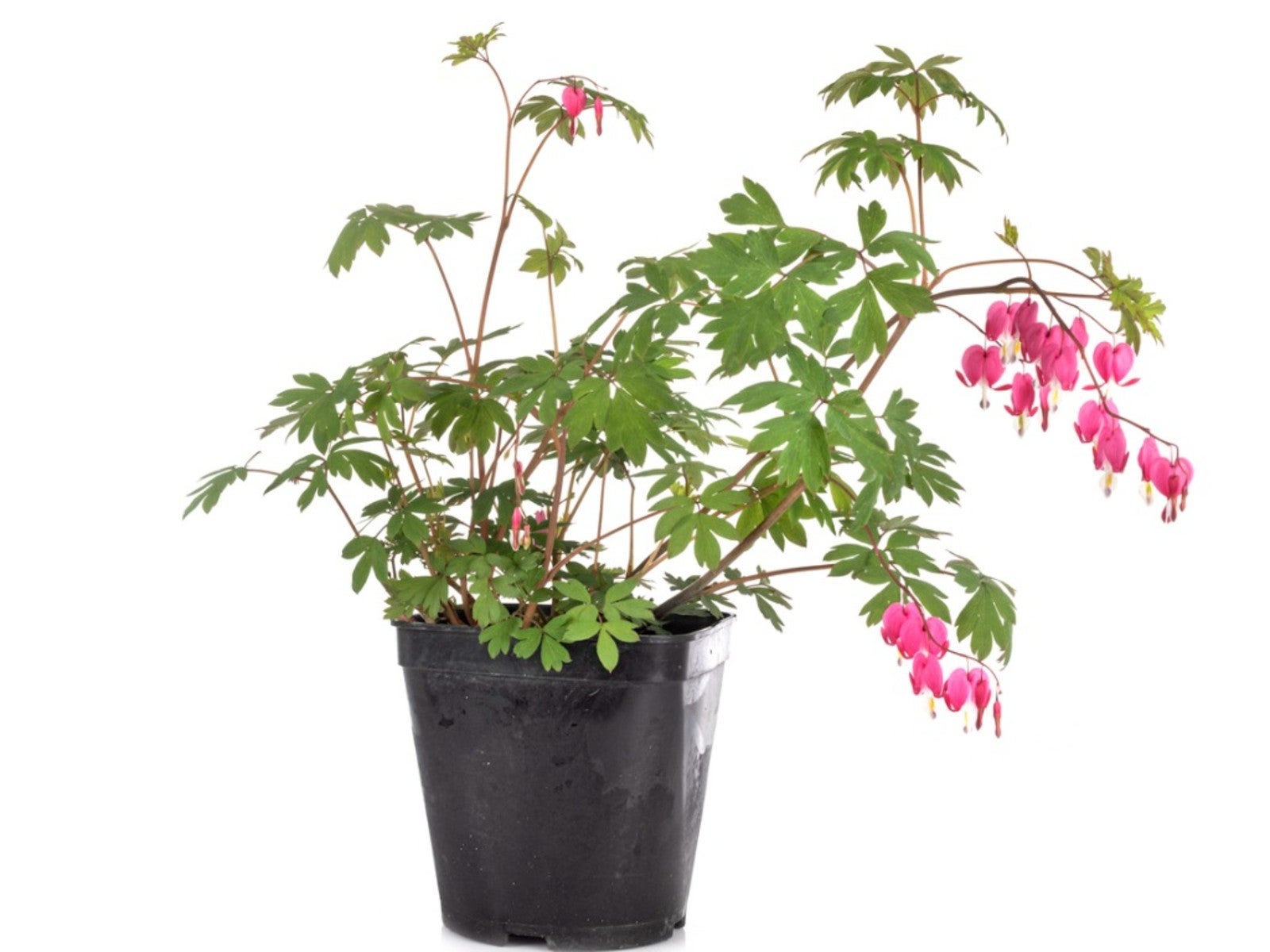 Houseplant Bleeding Heart Care – Growing A Bleeding Heart Plant Inside
Houseplant Bleeding Heart Care – Growing A Bleeding Heart Plant InsideIn order to be able to grow bleeding heart as a houseplant, it is important to know the conditions that this plant enjoys outdoors.
By Raffaele Di Lallo
-
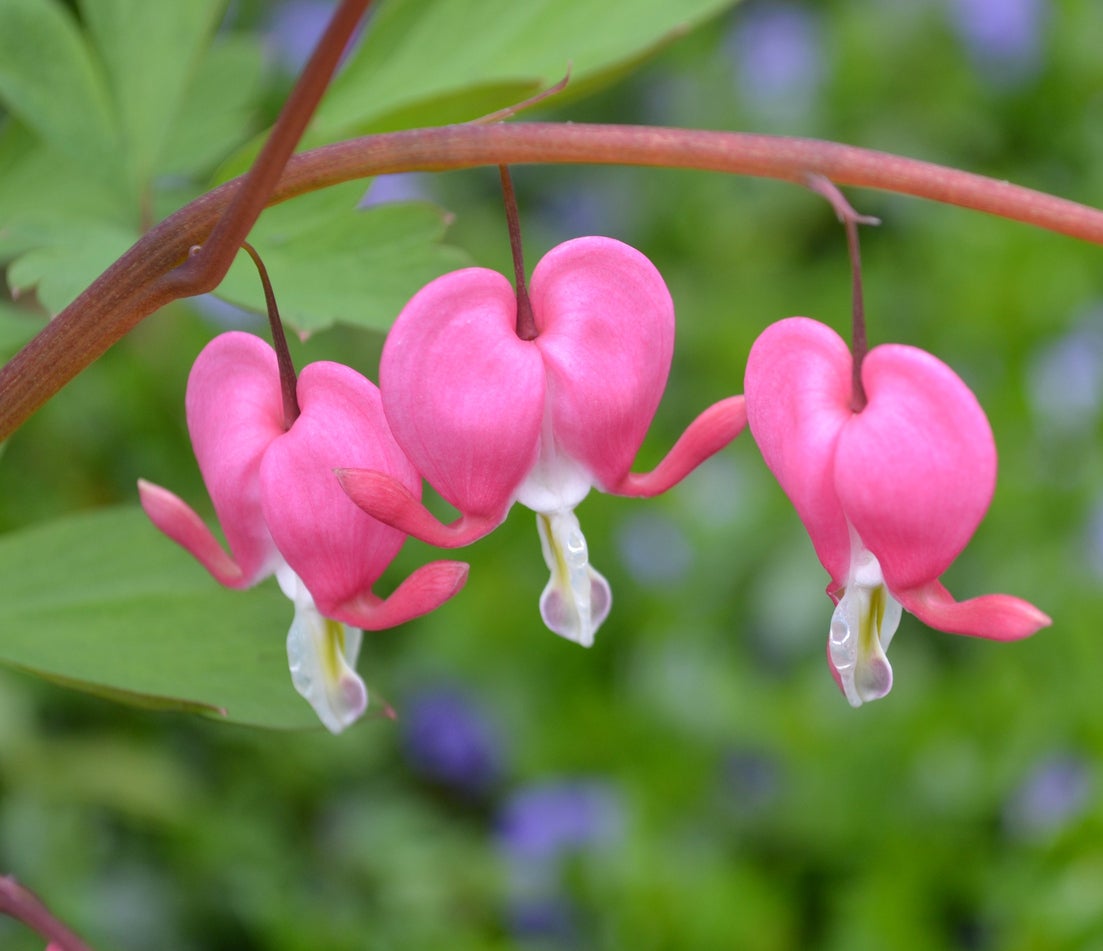 Bleeding Heart Color Change – Do Bleeding Heart Flowers Change Color
Bleeding Heart Color Change – Do Bleeding Heart Flowers Change ColorKnown for their lovely heart-shaped blooms, the most common color of which is pink, the gardener may find that a previously pink bleeding heart flower is changing color. Is that possible? Do bleeding heart flowers change color and, if so, why? Find out here.
By Amy Grant
-
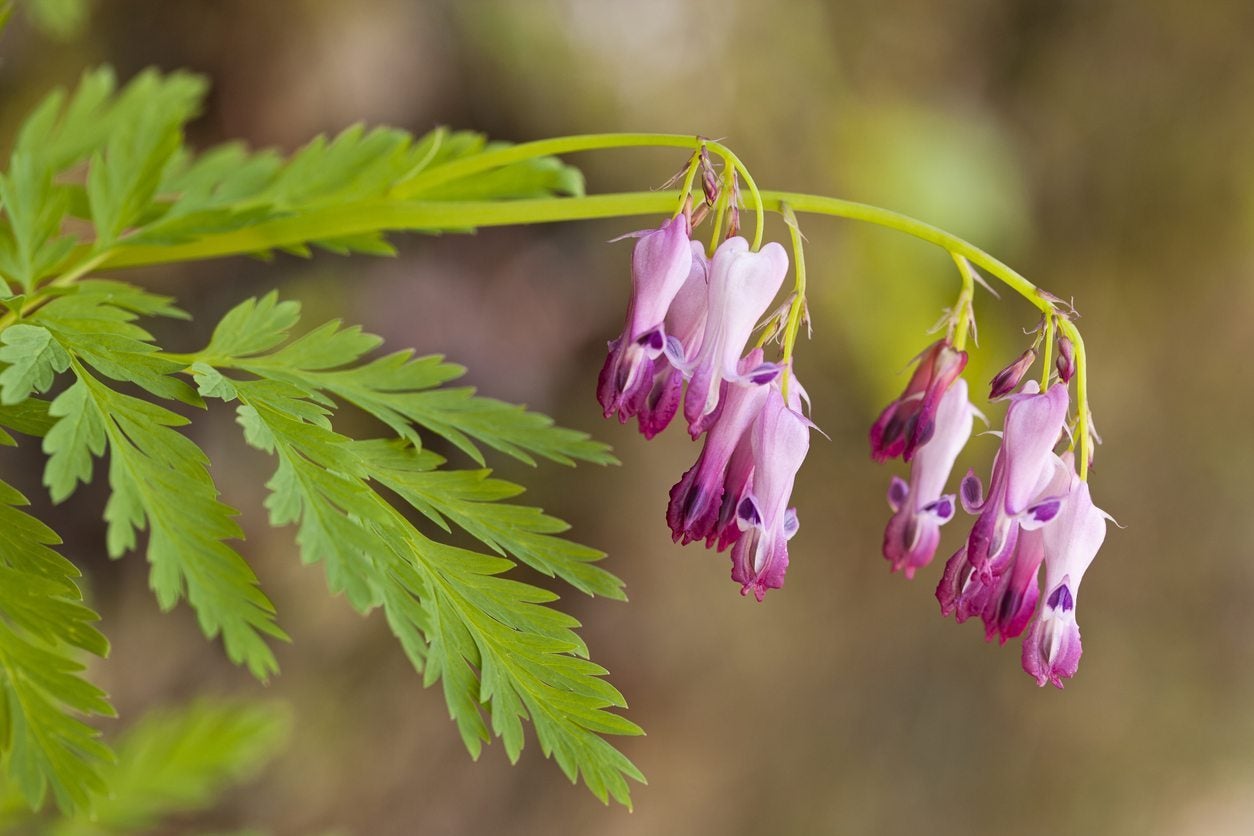 Caring For Bleeding Hearts: How To Grow A Fringed Bleeding Heart Plant
Caring For Bleeding Hearts: How To Grow A Fringed Bleeding Heart PlantWhile the old-fashioned Asian native bleeding heart (Dicentra spectabilis) is the most commonly used type in gardens, growing fringed bleeding heart varieties is gaining popularity. What is a fringed bleeding heart? Click here for more information.
By Darcy Larum
-
 Bleeding Heart Pest Problems – Common Bugs That Eat Bleeding Heart Plants
Bleeding Heart Pest Problems – Common Bugs That Eat Bleeding Heart PlantsBleeding heart is an old-fashioned perennial that adds color and charm to shady spots in your garden. While the plant is surprisingly easy to grow, it can fall prey to a number of pesky insects. If you think something is bugging your plant, click here to learn more.
By Mary H. Dyer
-
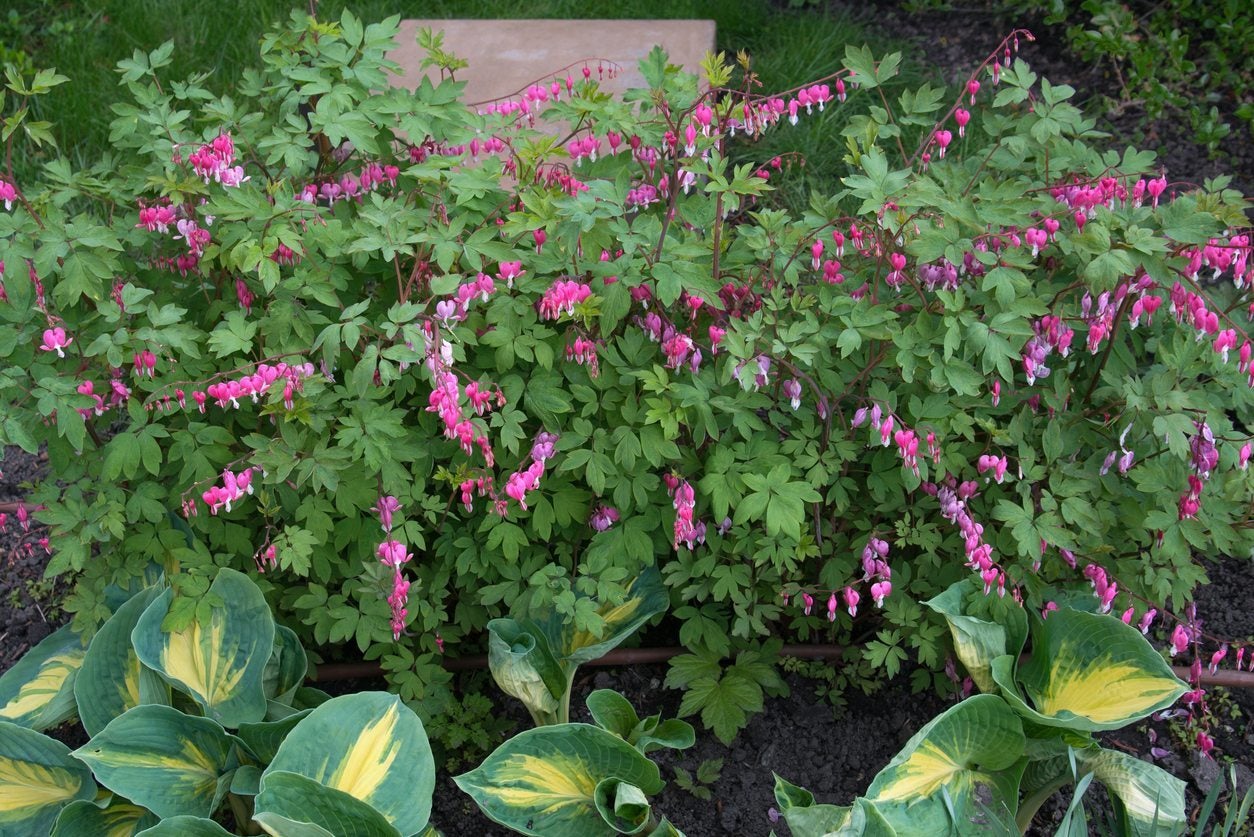 Bleeding Heart Diseases – Recognizing Diseased Bleeding Heart Symptoms
Bleeding Heart Diseases – Recognizing Diseased Bleeding Heart SymptomsBleeding heart (Dicentra spectablis) is a relatively hardy plant in spite of its lacy foliage and delicate, dangling blooms, but it can be plagued by a handful of diseases. Click on the following article to learn about common diseases of bleeding heart plants.
By Mary H. Dyer
-
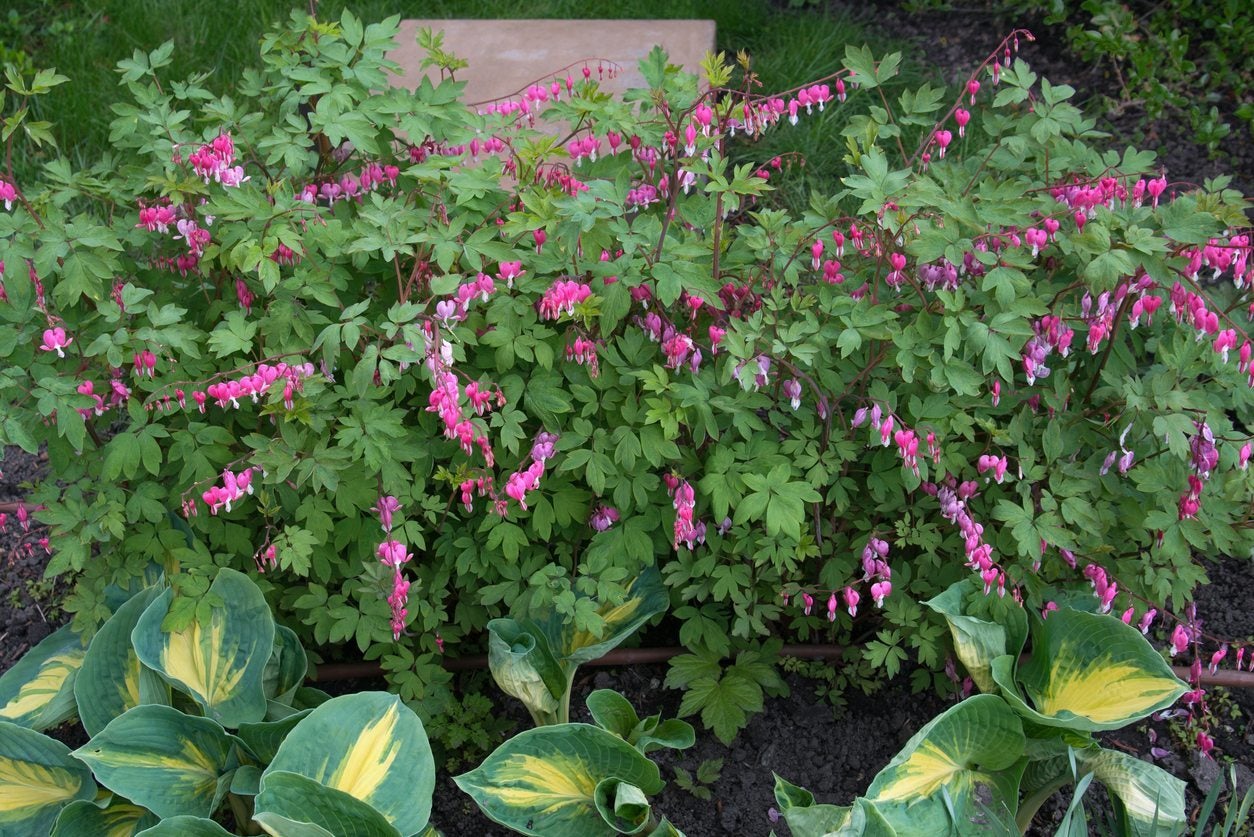 Caring For Bleeding Heart Transplants – How To Transplant A Bleeding Heart Plant
Caring For Bleeding Heart Transplants – How To Transplant A Bleeding Heart PlantGot a bleeding heart plant that always looks spindly, yellow and barely producing any flowers? If you find yourself in a circumstance like this and need to move a bleeding heart plant, then click on the article that follows for information on transplanting bleeding hearts.
By Darcy Larum
-
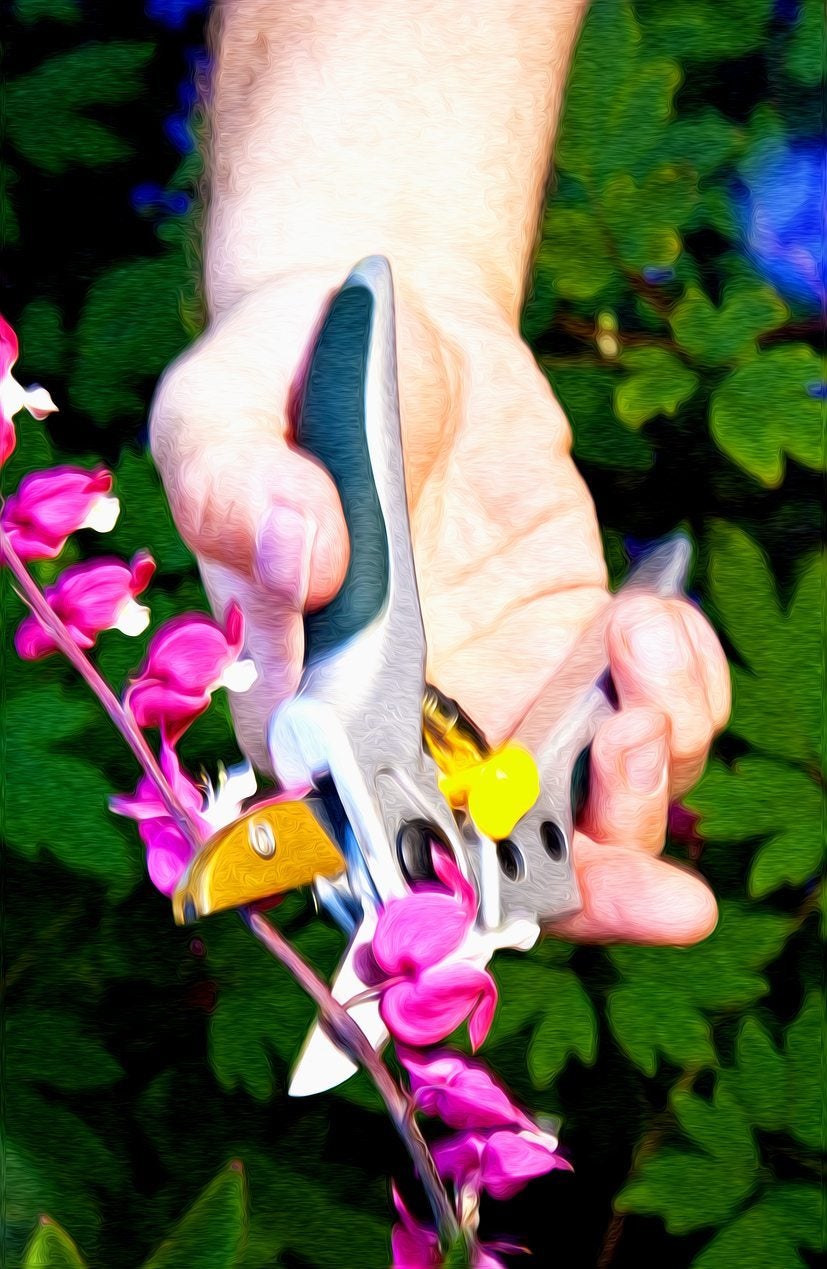 Tips For Bleeding Heart Pruning – How To Prune A Bleeding Heart Plant
Tips For Bleeding Heart Pruning – How To Prune A Bleeding Heart PlantBleeding heart plants are beautiful perennials that produce very distinctive heart-shaped flowers. But how do you keep one in check? Does it need regular pruning, or can it be allowed to grow on its own? Learn more about how and when to prune bleeding hearts here.
By Liz Baessler
-
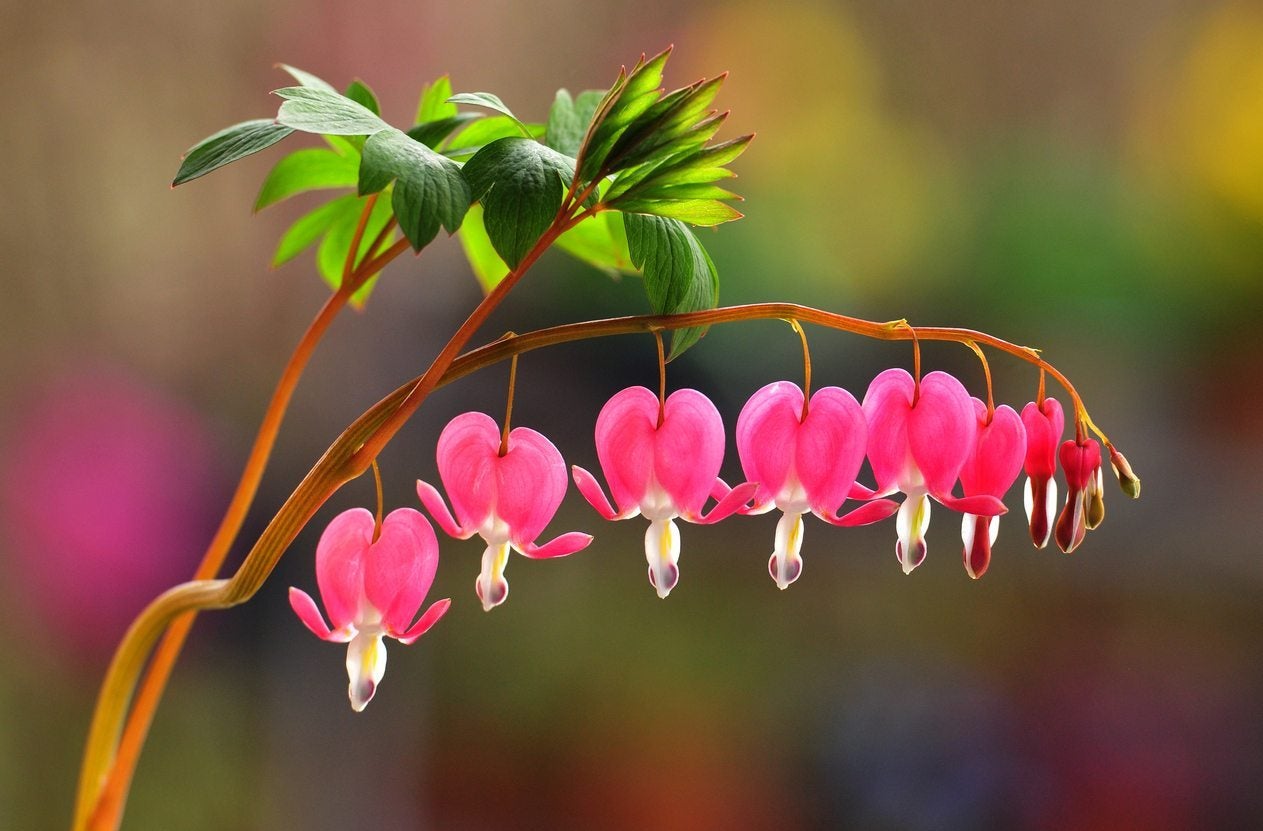 Propagating Bleeding Hearts : How To Grow More Bleeding Hearts
Propagating Bleeding Hearts : How To Grow More Bleeding HeartsFew plants match the old-fashioned charm and romantic blossoms of bleeding hearts. These whimsical plants appear in spring in shady to partially sunny locations. As perennials they come back year after year but how to propagate bleeding heart plants? Find out here.
By Bonnie L. Grant